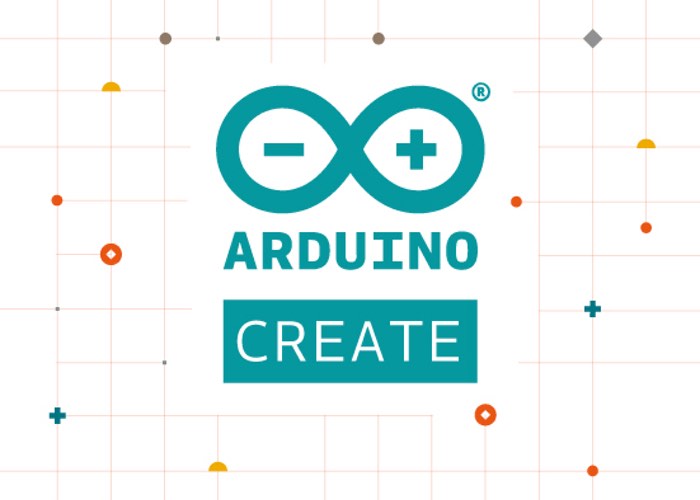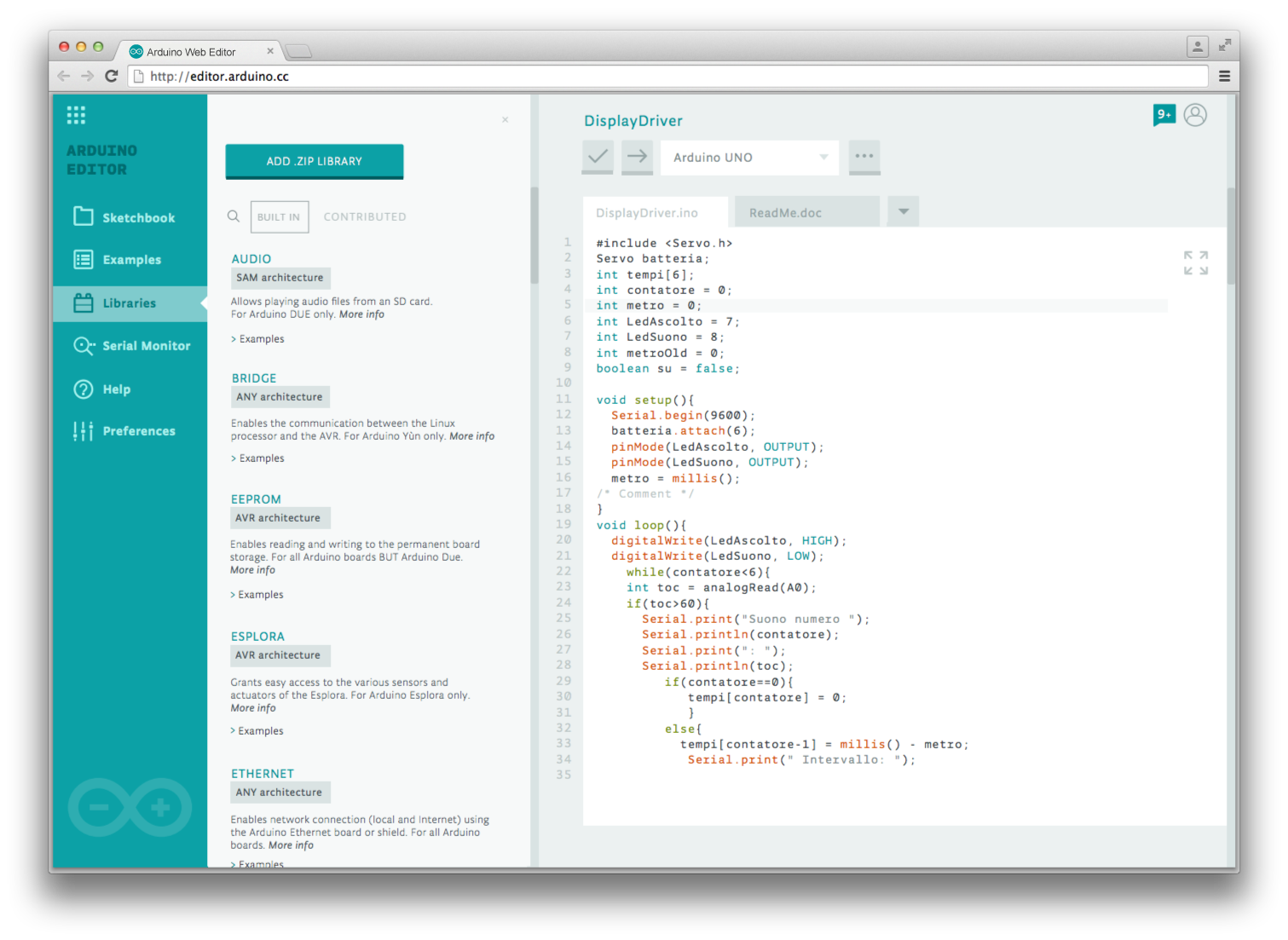
By Aalyia Shaukat, contributing writer
Last week, in a seamless blending of many well-known development communities, Arduino upgraded its cloud-based platform, Arduino Create, to support Raspberry Pi, BeagleBone, and AAEN UP2 single-board computers (SBCs). According to the press release, users that have installed Arduino Connector in tandem with Arduino Create will be able to program these Linux-based devices “as if they were regular Arduino boards,” thereby allowing for the ability to run multiple programs simultaneously as opposed to the singular program that can be used on many Arduino microcontrollers. Arduino Create allows for any cloud-enabled device to be controlled via the device manager on a web app called My Devices .
With the growing ubiquity of IoT devices, sensor-/actuator-enabled nodes are often necessarily paired with heavier-duty processing boards. This technology lowers the barrier of entry for enthusiastic Arduino users to create wirelessly controlled systems without having to choose between boards or their preexisting expertise. The user-friendly web wizard is the maker’s alternative to the growing number of commercial home automation products .

Typically, transmitting sensors performing a simple repetitive task (e.g., remote temperature sensor for HVAC system) send information to gateway hubs that are often cloud-enabled. This limits the battery usage of the individual sensor nodes while allowing the more complex data processing to be done by a centralized unit, minimizing maintenance of the system. Commercial off-the-shelf transceivers such as Bluetooth Low Energy (BLE), Z-wave, and Zigbee are often used for this type of data transmission. The radio modules have typically been paired with a simple computer such as the one seen on the Arduino Uno board as it can handle the simple, low bandwidth occupying transmissions.
Gateways are a different beast altogether as battery savings are not normally considered. A home automation hub, for instance, may track heating/cooling, lighting, motion, and a number of other seemingly minuscule tasks that can quickly add up. This would likely need at least an SBC, and the 16-MHz 32-bit Uno board doesn’t really compare with the 1.4-GHz 64-bit quad-core processor found on the Raspberry Pi 3 MODEL B+.
There seems to be an ever-increasing complexity in IoT devices. Between the hardware, programming, standards, and networking protocols, it can be difficult to pick and choose the right fit for a particular application. Makers and hobbyists functioning in this realm rely on these open-source platforms, software-defined radios (SDRs), and unlicensed ISM bands to rapidly evolve current wireless technologies. Any additional tool in the repertory can be, and often is, eminently useful.
Advertisement
Learn more about Electronic Products Magazine





